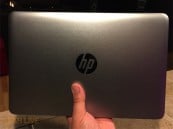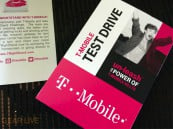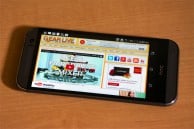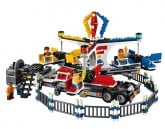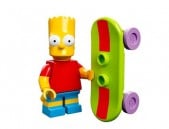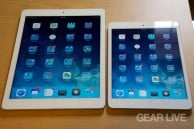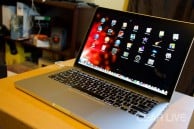Find Our Latest Video Reviews on YouTube!
If you want to stay on top of all of our video reviews of the latest tech, be sure to check out and subscribe to the Gear Live YouTube channel, hosted by Andru Edwards! It’s free!
Wednesday June 21, 2006 12:49 pm
BumpTop - An Alternative Desktop Interface
Whether you are a firm believer in the power of OS X’s Aqua, in love with Gnome or KDE on Linux, or simply can’t wait for Vista’s Aero, the desktop interface plays a fundamental role in the way we use our computers. Some people treat the desktop as a virtual dumping ground, while others prefer a more pristine look. Regardless of your organizational skills, it’s arguable that every UI could use a little tweaking, or in some cases a complete overhaul, to better fit the way we think and work. Anand Agarawala and Ravin Balakrishnan, from the University of Toronto, have developed an alternative UI called BumpTop.
BumpTop departs from the normal, flat perspective we’re all used to, and tries to impart of feel of realism to the UI through the use of physics and a 2-1/2 dimensional perspective. The prototype UI uses a TabletPC and a pressure sensitive pen for interaction purposes, and the principle of “piling” documents is a main emphasis in the workflow methodology.
A workspace in the physical world typically has piles of documents, binders and other objects arranged in a way that provides considerable subtle information to the owner. For example, items are often casually placed but their spatial position and orientation are usually meaningful. Closer items can indicate urgency, and piles of items are “automatically” ordered chronologically because new items are typically placed on top. This casual organization, prevalent in the real world, differs greatly from the GUI desktop which forces users to immediately file their documents into a rigid hierarchy.
[In BumpTop] objects can be casually dragged and tossed around, influenced by physical characteristics such as friction and mass, much like we would manipulate lightweight objects in the real world. Using a pen as the primary input device can potentially enhance the feeling of realism and directness of manipulation since objects being acted upon are visible directly under the pen tip.
Okay, enough chit-chat. Pictures may be worth a thousand words, but in this case the video is worth a million.
Read More  | Anand Agarawala
| Anand Agarawala
Latest Gear Live Videos
Advertisement
Advertisement
Advertisement
© Gear Live Inc. {year} – User-posted content, unless source is quoted, is licensed under a Creative Commons Public Domain License. Gear Live graphics, logos, designs, page headers, button icons, videos, articles, blogs, forums, scripts and other service names are the trademarks of Gear Live Inc.



